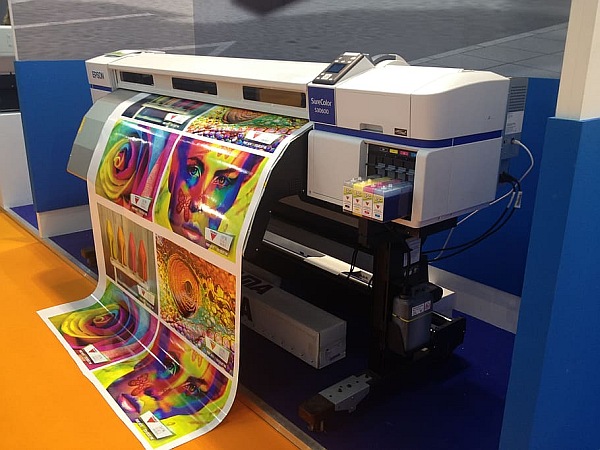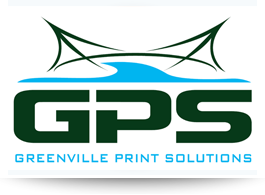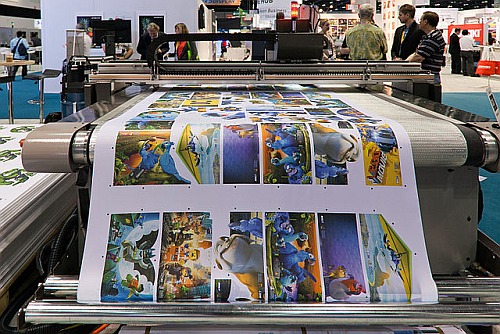How To Choose the Right Print Media for Your Marketing Campaign

Have you ever noticed how the right print media can make all the difference in your marketing campaign? It’s true—choosing the right type of print media can greatly impact your return on investment.
But with so many different types of print media available, it can be hard to decide which is best for your particular needs. Our team at Greenville Print Solutions can help.
In this article, we’ll explore the different types of print media and help you determine which ones are best for your marketing goals. With our simple tips and guidance, you can select the perfect print media to make your marketing message stand out.
Determine Your Target Audience
Determining your target audience is one of the first steps to choosing the right print media for your marketing campaign. What kind of customers do you want to reach? Who do you want to influence? What is their age range, location, gender, and other factors? Knowing who you’re targeting is key in deciding which print media will be effective.
For example, if your target audience is urban teens, you may want to consider print media like magazines they already read. A magazine article on your brand or product could be an effective way to reach this demographic. Another thing to consider for this audience would be flyers plastered around high-traffic areas like schools and malls.
On the other hand, if you are targeting a more mature demographic, like retirees, newspaper print advertising might be a better option. Ads in local newspapers can often hit a wider market than other forms of print media due to their wide availability and appeal.
Define Your Campaign Goals
Choosing the right print media for your marketing campaign starts with understanding your goals. Are you looking to increase awareness of your brand? Generate more sales leads? Increase customer loyalty? Knowing what you want to achieve will guide you in making the right choice.
Each type of print media can serve a different purpose in achieving your marketing goals.
- Posters, for example, are ideal for creating awareness and driving foot traffic.
- Brochures, on the other hand, can provide people with detailed information about your products or services.
- Flyers are great for delivering concise messages directly to potential customers—perfect for generating sales leads.
So, take a moment to think about what your specific goals are before deciding on the right print media for your campaign.
Research Different Print Media Options
Once you know who you’re targeting and clearly understand your goals, it’s time to start researching different print media options. When considering what type of printer and paper to use, there are three important things to remember: cost, quality, and turnaround time.
Cost
You’ll generally get what you pay for when it comes to cost. Cheaper paper might be tempting in the short term, but it could cost more in the long run if the print quality isn’t there. It’s also important to consider labor costs associated with creating a design that matches the high quality of the paper.
Quality
When selecting a piece of paper or cardstock, look for durable materials that won’t rip or tear easily. This is especially true if your marketing collateral involves handing out flyers or cards at trade shows or conferences—you want to ensure they can survive the hustle and bustle.
Turnaround Time
If you need something ready quickly — like major revisions right before a trade show — having access to ready-made templates can significantly help speed up your design process. But if you’re looking for something with higher quality images or visuals, then investing in custom artwork is likely worth the extra wait time needed for production.
Researching different print media options can help ensure that your printed materials look great and send the message you want them to—and investing time upfront will make all the difference in how successful your campaign is!
Consider Your Budget
When it comes to print media, the amount of money you can invest in a campaign greatly determines what materials you can use. You’re probably wondering: how much will it cost? Well, every campaign is different, but there are a few factors that can help guide you in your budget decisions.
Types
The type of print media you choose is the biggest factor when it comes to cost. For instance, full-color brochures typically carry a higher price tag than catalogs or flyers, which require less paper and less time to produce.
Quality
The quality of the paper used for your piece also affects cost. For example, glossy paper tends to be more expensive than plain newspaper stock. It’s also important to consider any special treatments, such as foil stamping or embossing, that may add more cost to the bottom line.
Quantity
The quantity of pieces you’re printing will also affect the total cost of your project. The more pieces you print, the lower your overall cost per piece will be. But remember that larger quantities often require larger investments upfront before any savings are realized.
Knowing your budget ahead of time will make it easier for you to narrow down your options and determine which pieces are best for your campaign and your budget.
Evaluate Past Performance
If you’ve used print media for marketing campaigns in the past, it pays to evaluate how successful each of them was. For example, how many people responded to your call-to-action, how many ended up buying what you were selling, and so on? Looking back like this can give you important insights into which types of print media are worth using in the future.
Last but not least, try to get feedback from customers as well. You could have them fill out a short survey after seeing your ad or receiving your mailer, or even ask them directly when they enter your store.
Getting direct feedback from real customers can help you identify areas where you need to improve near-term, or even spot new trends that you could leverage for later campaigns.
Test and Measure
When it comes to print media, one of the most important things to do is to test and measure your marketing efforts. Test different variables and find out what works best for your campaign. You can tell a lot from the results you get, and you’ll be able to tailor your campaign in the future better.
Another thing to consider is measuring success with metrics specific to your campaign. For example, if you aim for brand awareness with your print media campaign, track metrics like impressions or website visits, or if you aim for direct response, track metrics like the number of leads generated or click-throughs on ads.
This information will help you optimize campaigns in the future and ensure that you’re getting a good return on investment (ROI) from each campaign.
Contact Greenville Print Solutions today and let us help with your print marketing project!
Share this article!

